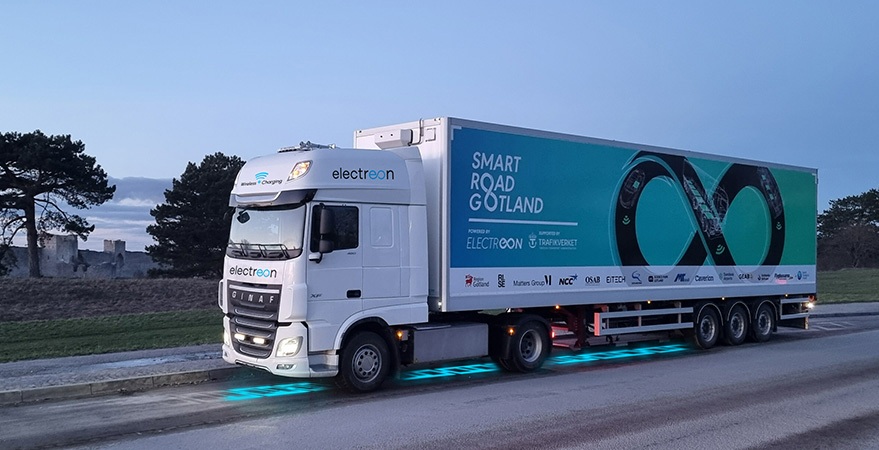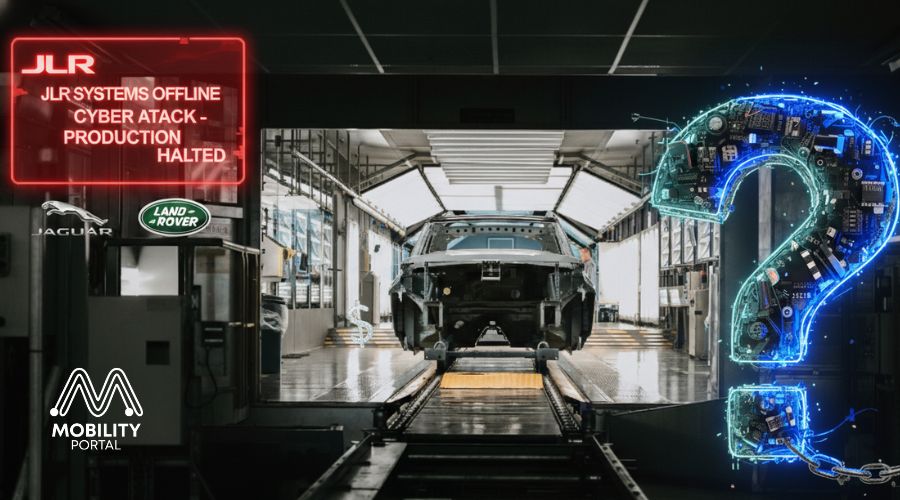France has installed the world’s first motorway capable of recharging electric vehicles (EVs) while in motion.
On the A10, around 40 kilometres from Paris, a group of companies and research centres has launched a pioneering system with the potential to transform transport and accelerate the transition towards greener mobility.
The pilot project, called Charge as you drive, covers 1.5 kilometres of the motorway.
Beneath the asphalt are coils that transmit energy to vehicles fitted with a special device to receive it.
During this testing phase, prototypes of lorries, vans, cars and buses are taking part, driving along the motorway and recharging their batteries without stopping or using fixed charging stations.
The consortium is led by VINCI Autoroutes, alongside Electreon, VINCI Construction, Gustave Eiffel University and Hutchinson.
Underneath the road, coils generate a magnetic field.
When a vehicle equipped with a receiving coil passes over them, the magnetic field creates an electric current that recharges the battery, which in turn powers the motor.
Unlike traditional charging, this method allows the vehicle to receive energy while moving, helping to avoid stops for recharging.
This means that cars and lorries could have smaller and lighter batteries, reduce downtime, and lower the use of critical materials needed for battery manufacturing.
For heavy vehicles, this advance provides more space for payload and less consumption of resources.
The system requires precise alignment between the coils in the road and those in the vehicle, as well as constant monitoring managed by sensors and integrated software.
The materials used have been tested to withstand up to 25 years of heavy traffic, ensuring both the durability of the road surface and the reliability of the system.
This breakthrough reduces dependence on large batteries and on powerful fixed charging stations, which can demand up to 1 MW.
In the first tests, the system achieved peak power levels exceeding 300 kW and average levels above 200 kW, according to independent laboratories at Gustave Eiffel University.
“Deploying this technology across major road networks, alongside charging stations, will accelerate the electrification of lorries and cut emissions in the logistics sector, which accounts for more than 16% of the country’s total emissions,” explained Nicolas Notebaert, Managing Director of VINCI Autoroutes.
Oren Ezer, Chief Executive of Electreon, added: “This is a key milestone in the development of electric roads, and our technology is the only one that offers dynamic charging with this level of power and reliability.”
France is the first country to use dynamic charging on a real motorway with heavy traffic.
Germany is preparing a one-kilometre stretch on the A6 near Bavaria, using the same technology, with construction scheduled for summer 2025.
Italy is progressing with the Arena del Futuro project, focused on lorries and buses.
In Sweden, authorities have so far advised against a nationwide network due to costs, but are studying specific corridors.
The United States, China, South Korea and Israel are also testing systems with different technological variants, working to define technical standards and business models.
This pilot demonstrates that it is possible to recharge electric vehicles on a motorway under real conditions.
It facilitates the electrification of heavy transport, reduces the need to import materials such as lithium and cobalt, and supports the local industry producing systems for electric roads.
The project will continue gathering data on reliability, energy transfer under real traffic conditions, maintenance and lifetime costs.
Challenges remain, such as infrastructure cost, integration with the power grid, and how to charge users on long stretches.
The experimental section of the A10 marks the beginning of a new stage in electric mobility.
If this model proves viable, it could be extended to thousands of kilometres across France, Europe and other continents — bringing the goal of a truly electrified motorway network closer to reality.
Source: Infobae
READ MORE
-
Possible bankruptcy? JLR cyberattack halts production and threatens UK EV sector
The cyber incident forced JLR to halt production for almost two months, a decision that resulted in costs of £1.9 billion. However, experts warn that the reported losses “may represent only a fraction of the total damage.”
-
France installs world’s first motorway capable of recharging EVs while they drive
The pilot project, called Charge as you drive, covers 1.5 kilometres of the motorway. Beneath the asphalt are coils that transmit energy to vehicles fitted with a special device to receive it.
-
Data Modul Day: “Make your EV station reliable, visible, and durable with HMI solutions”
On 5 November, Data Modul will host a web seminar on HMI solutions for EV charging stations — a must-attend event for manufacturers seeking to innovate and optimise their products.









